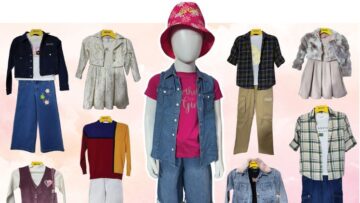The Duty Drawback Committee under the Chairmanship of Saumitra Chaudhuri announced the new rates applicable with effect from 22nd November this year. The drawback rate for cotton readymade garments has been marginally reduced from 7.6 per cent to 7.5 per cent while substantially increasing the value cap from Rs. 56.70 to Rs. 75.00 per kg. In the case of blended garments, the rate has been increased from 8.9 per cent to 9.5 per cent and the value cap has been increased from Rs. 58.10 to Rs. 90.00 per kg. The drawback rates for man-made garments have been marginally reduced from 10.2 per cent to 9.8 per cent, but the value cap has been increased from Rs. 59.50 to Rs. 93.00 per kg. There is a marginal reduction in drawback rates of made-ups by 0.1 per cent and Rs.4 per kg.
The drawback rate for grey cotton fabric has been reduced from 4.4 per cent to 4.3 per cent, the value cap has been increased from Rs. 24.50 per kg to Rs. 37.00 per kg and in the case of dyed fabric, the rate has been increased from 4.9 per cent to 5.0 per cent and the value cap has been increased from Rs. 31.50 to Rs. 50.00 per kg. Fixation of separate rate for spandex coarse spun yarn at 4.7 per cent with a value cap of Rs. 16.00 per kg would greatly benefit such exporters to have a competitive edge in the market. Fixation of separate rate for counts 50s and above would strengthen the competitiveness of the cotton yarn exporters. Prior to this, cotton yarn was eligible only for a single rate at 3 per cent with a value cap of Rs. 13.00 per kg while in the revised rate the same has been retained for counts below 50s and for counts above, the rate has been revised at 2.8 per cent with an enhanced value cap of Rs. 18.00 per kg. Though certain counts like 50s and 60s might get affected with the revised rates, all superfine counts of 80s and above would be benefited.
T. Rajkumar, Chairman, The Southern India Mills’ Association (SIMA), has thanked the Duty Drawback Committee and the Government for announcing enhanced rates and value caps for the deserving textiles and clothing products based on the recommendations made by the respective textile export promotion councils.






